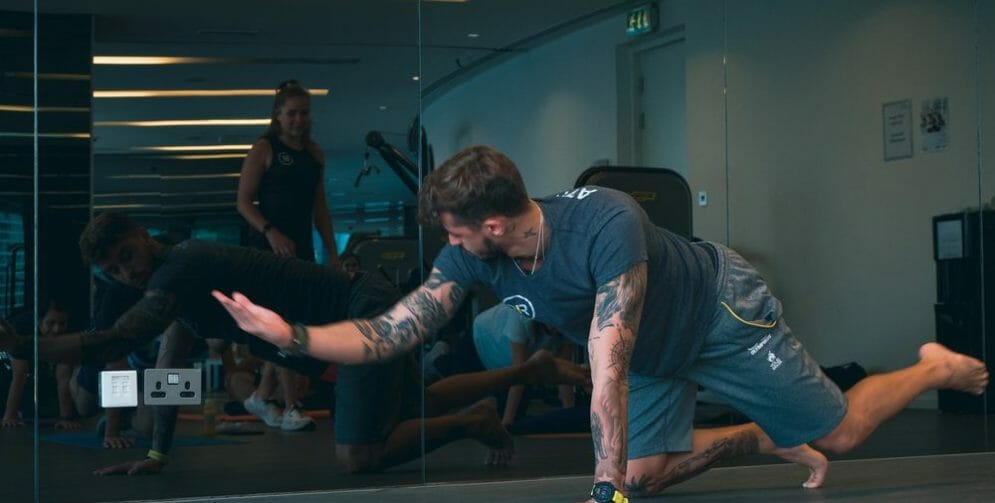
STRENGTH TRAINING FOR ENDURANCE ATHLETES – ALL YOU NEED TO KNOW

This strength training for endurance athletes article discusses resistance training and how it affects endurance athletes specifically & periodization strategies to build a solid training program. We focus on low-intensity exercise endurance (LIEE) when we talk about triathlon.
However, this article goes deep into the science of how strength training improves athletic sports performance.

There are two training approaches: maximal, high force and low velocity (strength and power), low explosive force, and high velocity (endurance sports training).
According to the article, the recommendation is to start amateur athletes with an HFLV strength program combined with endurance to get a well-rounded training approach.
HFLV strength training is recommended to develop a neuromuscular base for amateur endurance athletes. A structured HFLV training program involves two phases: strength and power.
Strength is the base to build speed and force (power) on the racecourse. Although power is the end goal for endurance athletes, this cannot be achieved without having proper foundational skills.
This article provides basic guidelines on building a program with 4-week intervals, focusing on load and recovery. General strength, endurance, pure strength, and power would be the main focus, followed by a tapering week before the race. A general guideline to building an HFLV program, according to the article, is:
- Strength endurance – 25 reps at high-speed
- Pure strength – 3-5 reps at a low speed and more rest
- Power – plyometric based bodyweight training focusing on force and velocity
- Taper – the final part of the program focusing on core and balance.

– Coach Leo